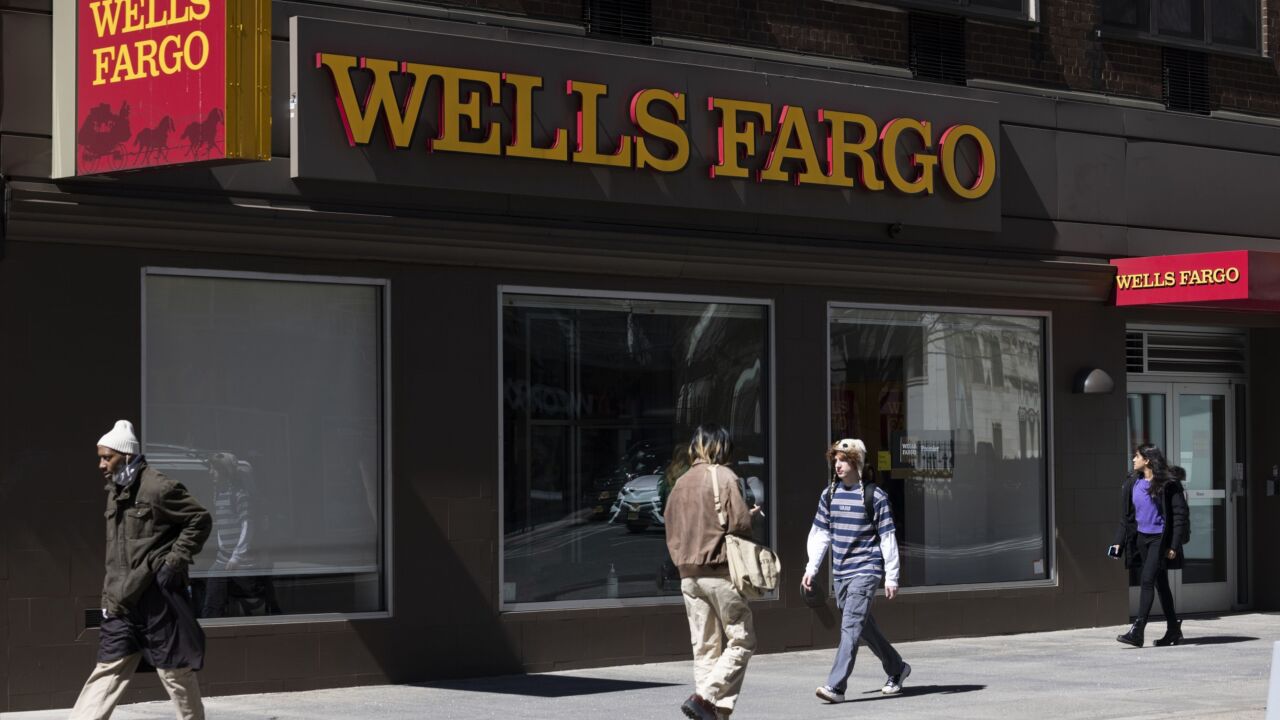Strong economic growth and still-low interest rates boosted U.S. structured finance issuance to $510 billion in 2017, a 37% increase over 2016’s volume, according to S&P Global Ratings.
With these ideal conditions still in place, S&P sees no reason for issuance to slow in 2018; if anything, “the fact that the percentage of loans financed by securitization is still historically low leaves most U.S. loan sectors with significant room to grow,” the rating agency said in a report published Wednesday.
The biggest driver in 2017 was the boom in collateralized loan obligation issuance, which reached $118 billion, up 64% on the year. The market took off like a jackrabbit, having spent much of 2016 coming to grips with risk retention. Indeed, many raising significant amounts of capital that allowed them to keep skin in the game of their deals.

Issuance of residential mortgage-related bonds increased by an even larger amount (albeit from a smaller base), more than doubling to $70 billion from $43 billion. In contrast with 2016, which was dominated by prime jumbo mortgage securitization, 2017 saw a broad mix of deals backed by prime loans, nonperforming and reperforming loans, as well as “nonprime” loans to borrowers with spotty credit. The RMBS-related category also includes single-family rental bonds backed by loans to landlords as well as securities used by Fannie Mae and Freddie Mac to transfer credit risk on the mortgages they insure.
The “other ABS” category, which S&P defines as personal loans, mobile phone financing, and other esoterics, was also quite busy, with issuance rising 41% to $46 billion.
Securitization of equipment leases, fleet leases and floorplan (dealer inventory) financing rose 33% to $32 billion.
And several consumer sectors returned to pre-2007 issuance levels. Notably, credit card asset-backed issuance reached $47 billion, up 34% on the year,
Issuance of auto loan, auto lease, and rental car ABS totaled $89 billion, an increase of 5%. Strong investor demand and low issuance costs induced lenders to securitize a larger portion of their lending, offset the impact of slightly lower auto sales.
Student loan bond issuance was also up 15%, albeit from a much smaller base, to $15 billion. Activity was dominated by firms that refinance the student debt of borrowers who have advanced degrees and high-paying jobs. S&P (and others) expect the government’s proposed elimination of the Grad PLUS loan and proposed loan limits to parent borrowers will provide an opportunity for additional private student loan volume in 2018.
Commercial mortgage bond issuance increased by 22% to $93 billion as the last of the pre-crisis loans to come due were refinanced. Much of the increase was attributable to a rise in the securitization of very large loans financing a single asset or portfolio of assets, which rose 66% to $35 billion.





